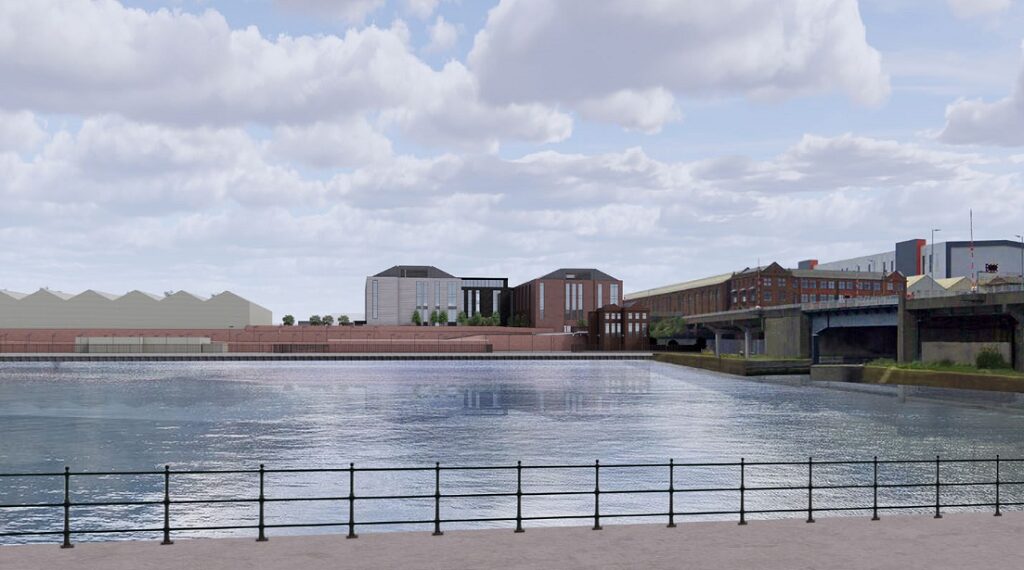CREtech VIDEO | Is real estate prepared for the future of flooding?
National planning director Jeremy Hinds of Savills says a debate about urban drainage is urgently needed to ensure cities are not overwhelmed by rising rainfall due to climate change and more extreme weather.
With winters projected to become significantly wetter and summers drier – though susceptible to storms – cities in particular are facing unprecedented pressure on their urban drainage systems.
As the climate changes, the UDS becomes less fit for purpose and urban areas will likely suffer from surface water flooding. Flash floods can bring walls of water between 10-20 metres high, while a quarter of flooding happens outside of areas formally designated as a flood risk.
Complicating the matter is that we still have an insufficient number of studies to understand the real extent of risks to cities.
“Although there is an understanding that things are getting wetter, we’re only just at the beginning of measuring that,” Hinds says. That’s why we need an urgent debate on both the problems and potential solutions.
A main cause of urban flooding is overburdening sewage systems with excessive quantities of storm water. One response by development and planning communities could be to construct entirely separate storm and foul water systems to reduce contamination of flood water.
Hinds also discusses more high tech solutions – such as the use of porous building materials – and what we can learn from cities prone to monsoon rains, like Singapore.
Watch the video above to hear Hinds’ thoughts on the risks and potential solutions to urban flooding. You can also watch the video on PlaceTech’s YouTube channel.




